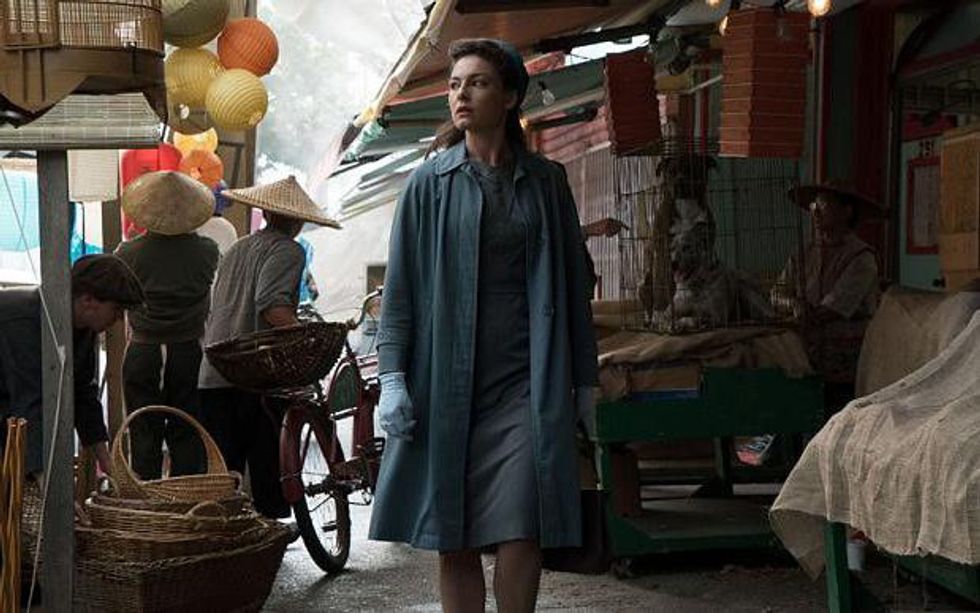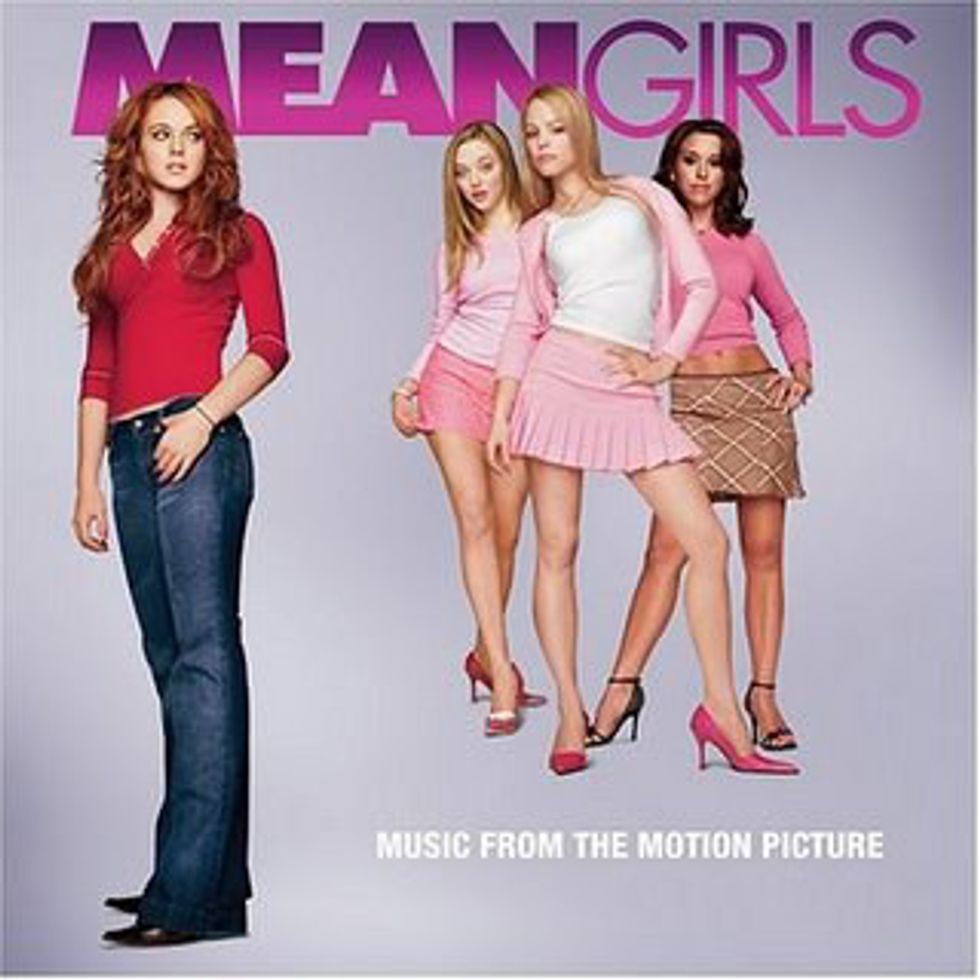It’s midterms period at Boston University. That means we must study our hardest for the first exams of the semester. I, when much academic attention and study was needed, started to binge watch a new series. Just because.
This one has been on my list for a while now, and I was very much excited to begin watching it.
"The Man in The High Castle" is set in United States, around 1960. Since its launch, it has already won two Grammys and has a second season coming soon (can’t wait!).
This series is set as if Hitler had won World War II and expanded his Reich to the US. The Allies lost the war and The Axis powers divided the US in two: the west became Japanese territory with the name of Japanese Pacific States, and the east the Greater Nazi Reich. The middle states became a sort of a buffer zone (near the Rocky Mountains). Needless to say, America in this '60s is quite different from what really happened.
The interesting part for me, as an International Relations major, is to see how much society adapts to survive in this setting. In the East and Midwest, the Third Reich extension got Times Square full of Nazi propaganda, about as shiny and full as it could be in 1962. Children go to Nazi school and have their principles (Arbeit macht Frei “Work sets you free”) embedded in their schoolwork, all to make them valuable parts of society when they grow up. Only the strongest and non-terminally ill are allowed to live in this world.
Hitler’s officials rule from New York City and have made their part of America a poster of the Third Reich. Instead of product advertisements, this society has posters of "Duty" and "Work" and "Progress" splattered around the streets. Officials are super strict and rules are made to be followed. And forget about freedom of expression and movement; the Reich’s secret police are everywhere, listening to everything.
The producers of "The Man in the High Castle" used inspirations from talks with historians on what this reality would really look like in the '60's. Since there would have been no economic growth in the post war, the US doesn’t have much technological innovations or any power in this reality. The vehicles have old-fashioned, pre-war designs and even the characters’ clothes are old-fashioned and dull. Women wear skirts and their arms are covered everywhere; men wear hats and suits; politicians became officials, wearing full on military suits with the swastika on their arms.
The alternative-history thriller tells the story of a fascist America. In order to move on with their lives, most people in the series adapt and start to think what is happening is "normal": they're doing their duty, working in dull and non-satisfying environments; thinking it’s normal for hospitals to burn cripples and terminally ill patients on Tuesday (as one cop tells one of the main characters, Joe Blake). Basically, it's not super oppressive, but this mentality warped Americans so much that this attitude became their new normal -- they even accept some of Nazi ideology.
As it is about living in a fascist society, the whole series is a chilling way to remind us how extremisms are dangerous to us. When in government, an extremist can abuse power and let minorities suffer, and in this series, society has been doing nothing to prevent it; they just accept it as it is. And fascism is just one example of it. Hitler started his campaign against minorities such as Jews, Africans and homosexuals, and in that reality people have to go along with such atrocities. In "The Man in The High Castle," it is considered "normal" for the governments to kill and torture people with no justification.
This "normal" might seen shocking to us, who are watching it in the comfort of our democratic US, but for them, those who are living in this reality, it has just become their way to cope with life. This fascism was embedded in Americans' DNA and their alternative (and chilling) world is unfolded in this 10-episode Amazon Studios production.

Of course, there are people in this show who fight this reality. The resistance tries their hardest to make the governments pay for what they do to people. Jews, minorities and people of color are not welcomed, but rather, are scorned and suffer from racism. The resistance have operatives hidden in government facilities and local businesses who do their work. Most of their operations are to smuggle films: movies of Franklin Roosevelt with Churchill and Stalin in the Yalta Conference, Americans celebrating V-Day, people happy and sovereigns of their own country. Movies about our history -- what really happened.
The Man in the High Castle is the one who makes these films, so this story starts when protagonist Juliana Crain gets her hands on one of these movies from her sister, and finishes the job of passing it along. She travels to the Middle zone and meets character Joe Blake, and the whole drama unfolds from there. It is such an amazing piece of work. To have the aim to actually research what would’ve happen and build whole scenarios from that is remarkable, and if you’re lacking a TV series to watch during midterms, just watch the first episode. The drama, thrill and history of it will get you hooked just as they did for me.









 Photo by
Photo by  Photo by
Photo by  Photo by
Photo by 



















